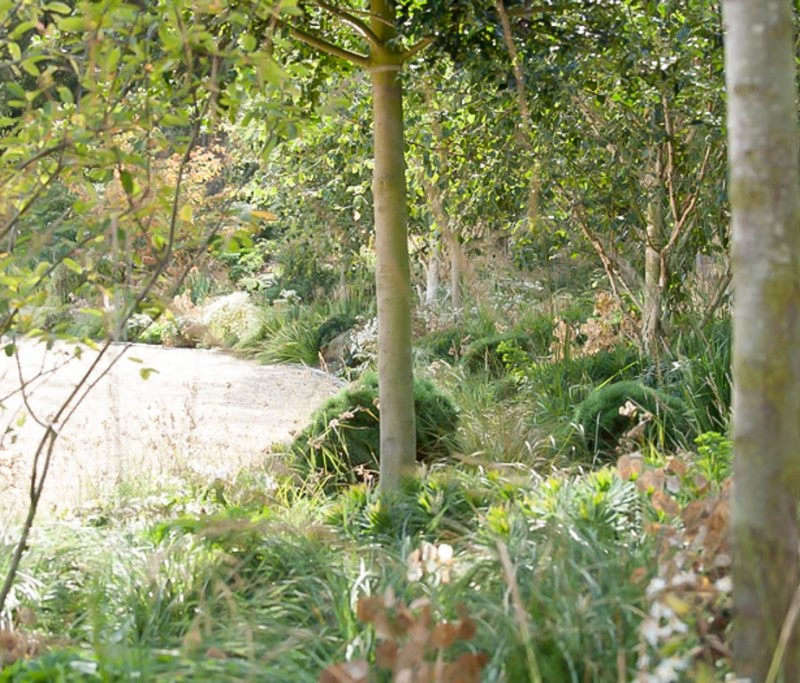

Ash trees are popular shade trees in temperate climates and some species can grow to heights of up to 175 feet under optimal conditions. Before planting one, beware the emerald ash borer, an Asian beetle that has killed millions of trees throughout the US.
Ash trees are longtime favorites in landscapes where a grand statement is welcome. With their stately, handsome canopies and stalwart personalities, species of Fraxinus are widely planted throughout temperate zones of North America, Asia, and Europe.
“Of all the trees that grow so fair, Old England to adorn, Greater are none beneath the Sun, Than oak, and ash, and thorn,” noted Rudyard Kipling in a children’s book he wrote shortly before receiving the Nobel Prize for literature in 1907.
Even if you aren’t a “tree person,” you easily can recognize an ash tree by its seeds—papery pompoms that turn brown before the clusters scatter apart. In autumn, leaves of this deciduous tree can turn gorgeous shades of color (white ash trees are known for foliage that goes from “brilliant gold to a purplish maroon,” writes our contributor Jeanne Rostaing). See more in Gardening 101: White Ash Trees.
But be warned: a deadly pest called the emerald ash borer has killed millions of trees nationwide since its discovery in Michigan in 2002. “If you are considering an ash tree for your property, it would be wise to first consult a tree expert for information on the iridescent half-inch-long Asian beetle that is devastating ash trees all over the United States,” writes Jeanne. Many tree specialists recommend planting an alternative tree such as Maple, Birch, or Oak.
v5.0
When you register as a free Member of the Remodelista family of websites (Remodelista, Gardenista, and The Organized Home), you gain access to all current posts plus 10 archived posts per month, our internal bookmarking tool, and the community bulletin board.
Member benefits include:
For $5/month ($59.99 paid annually) you'll enjoy unlimited, ad-free access to Remodelista, Gardenista, and The Organized Home and all the benefits of Membership.
Subscriber benefits include:
For $5/month ($59.99 paid annually) you'll enjoy unlimited, ad-free access to Remodelista, Gardenista, and The Organized Home and all the benefits of Membership.
Subscriber benefits include:
Benefits include:
For $5/month ($59.99 paid annually) you'll enjoy unlimited, ad-free access to Remodelista, Gardenista, and The Organized Home and all the benefits of Membership.
Subscriber benefits include:
When you register as a free Member of the Remodelista family of websites (Remodelista, Gardenista, and The Organized Home), you gain access to all current posts plus 10 archived posts per month, our internal bookmarking tool, and the community bulletin board.
Member benefits include:
If at any time you want to become a Subscriber and enjoy unlimited, ad-free access to all our content, just go to the My Account link and choose Subscribe.
Advertising funds our work at Gardenista and helps us provide you with a daily dose of garden inspiration & design. We hope you’ll consider disabling your adblocker for Gardenista so we can continue our mission: a well-designed garden for all.
Thank you for your support.